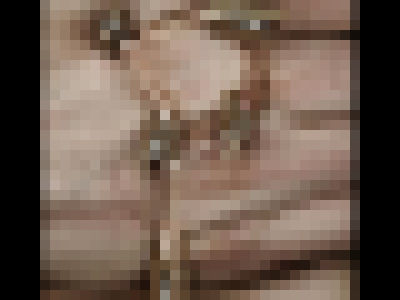Why does cotton have conflicting features such as 'strength and flexibility'? If you explain the mechanism with animation, it will be like this

by
Cotton is indispensable to humankind, and because of its flexibility and durability, it is used in everything from clothing and furniture to diapers and bills. The educational YouTube channel “ TED-Ed ” explains why cotton is an “excellent material” that is diversified by humankind through animation.
Why is cotton in everything?-Michael R. Stiff-YouTube
Hundreds of years ago, the Peruvian Inca Empire used a flexible, highly protective material, cotton, to protect against enemy attacks.

There is no iron or steel stiffness in the armor with cotton. Instead, a tightly woven cotton quilt spreads outside forces over a large area of the surface, protecting the warrior's body without limiting mobility.

The contradictory characteristics of cotton, such as 'strength and flexibility' and 'softness and durability', stem from the invisible and complex properties of cotton fibers.

Cotton fibers are born from the depths of cotton flowers.

One cotton seed is covered with as many as 16,000 fibers, which appear as pods when expanded.
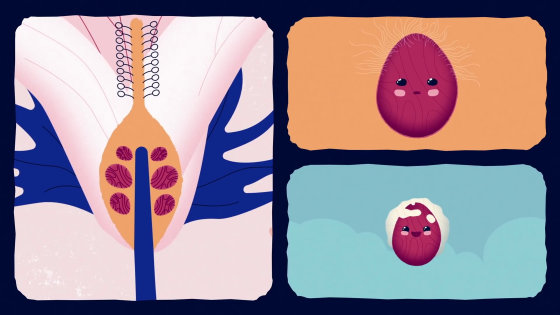
And every single cotton fiber is made from a single cell, no matter how long it grows.
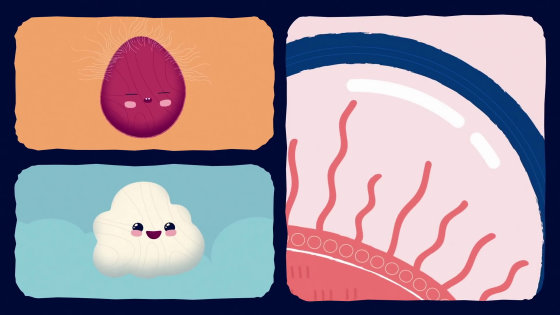
These cells have many layers of cell walls. Of these, the so-called “primary cell wall” grows cells in one direction, making them elongated.

The growth of the primary cell wall lasts for 16 days, after which the next step is to 'strengthen the cell wall'.

This 'strengthening' is done by a carbohydrate called

When cell walls are strengthened, fiber growth is limited.
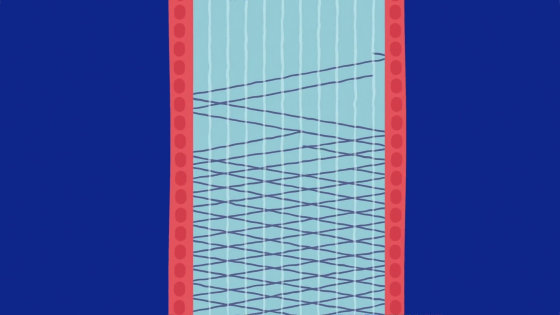
As a result, when the cell walls are strengthened early in growth, the fibers become shorter, resulting in a coarser, weaker fabric.

However, conversely, if the cell wall is strengthened too slowly, the fibers will weaken and the fabric will not be able to maintain its shape when knitted.

If appropriate temperature, water, fertilizer, and light are applied based on the science of cotton and pest control is performed, the cotton fiber grows to 3.6 cm in length and 25 micrometers in width.
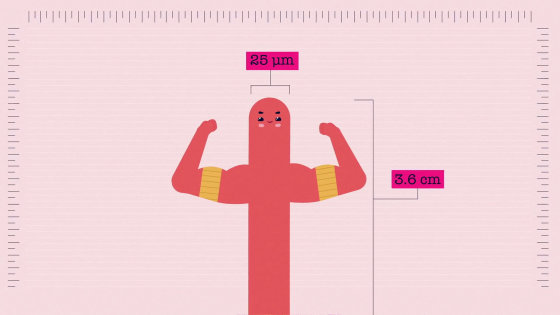
Long, firm fibers are more entangled than short, brittle fibers.
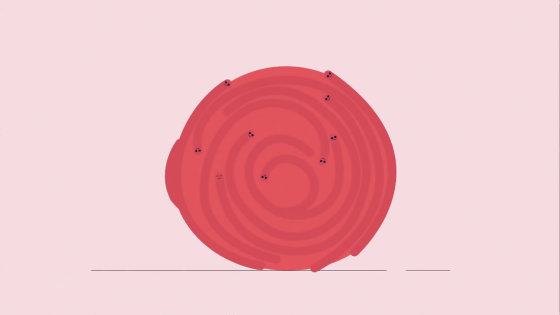
For this reason, it becomes stronger as a thread and it is possible to make excellent fabrics. Excellent cotton fiber is used as cloth…

It is also used in American bills. It is said that 75% of dollar bills are made of cotton.

Following the primary cell wall, the growth of the secondary cell wall is also important for cotton. Secondary cell wall growth is also due to cellulose, which makes up only 90% of the final fiber weight.
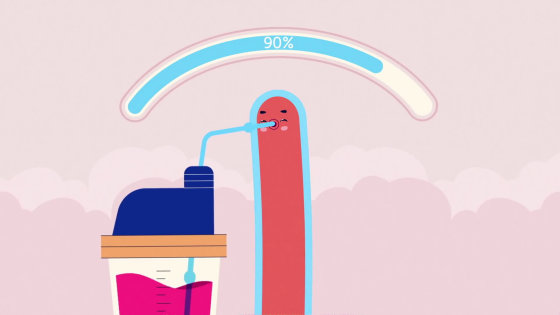
The more cellulose is deposited, the higher the density of the secondary cell wall. The strength of the secondary cell wall affects the durability of the final material.

Clothes have to be worn and washed for many years, so it is necessary to increase the density of the secondary cell wall.
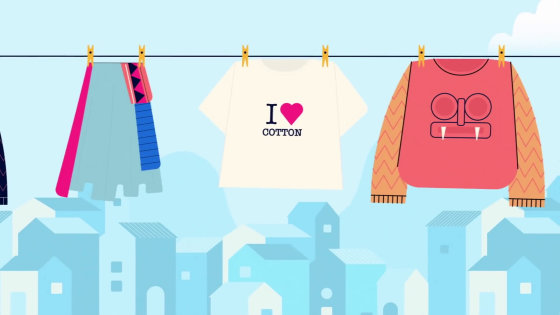
On the other hand, the softness of the material depends on the 'fiber length' determined by the growth of the primary cell wall.

Fifty days after growth begins, the fibers have completely grown and the 'living material' in the cells has died, leaving only cellulose.

And the dry pod that wraps the cotton fiber is cracked ...

Fluffy cotton fibers appear when the pods pop.
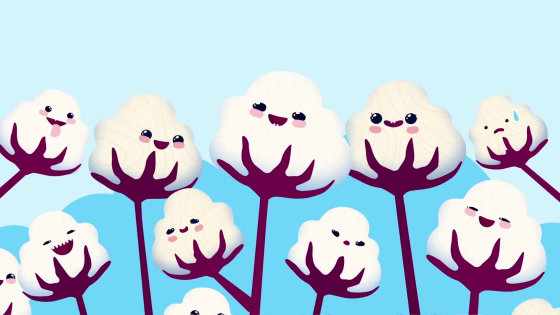
Each cotton fiber is thinner than human hair, but by knitting it into a thread, many items are created from clothes, such as coffee filters and diapers.

Scientists are optimizing the growth of cotton fibers using today's science and technology, and are expected to be softer, stronger, and more durable.

Related Posts:



